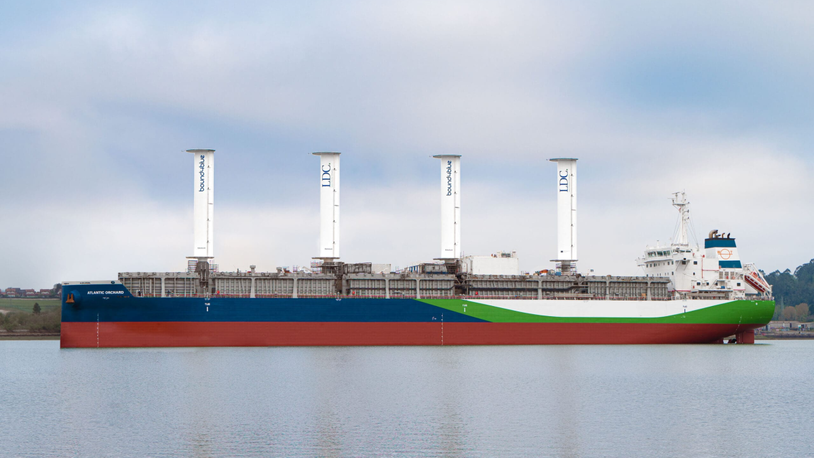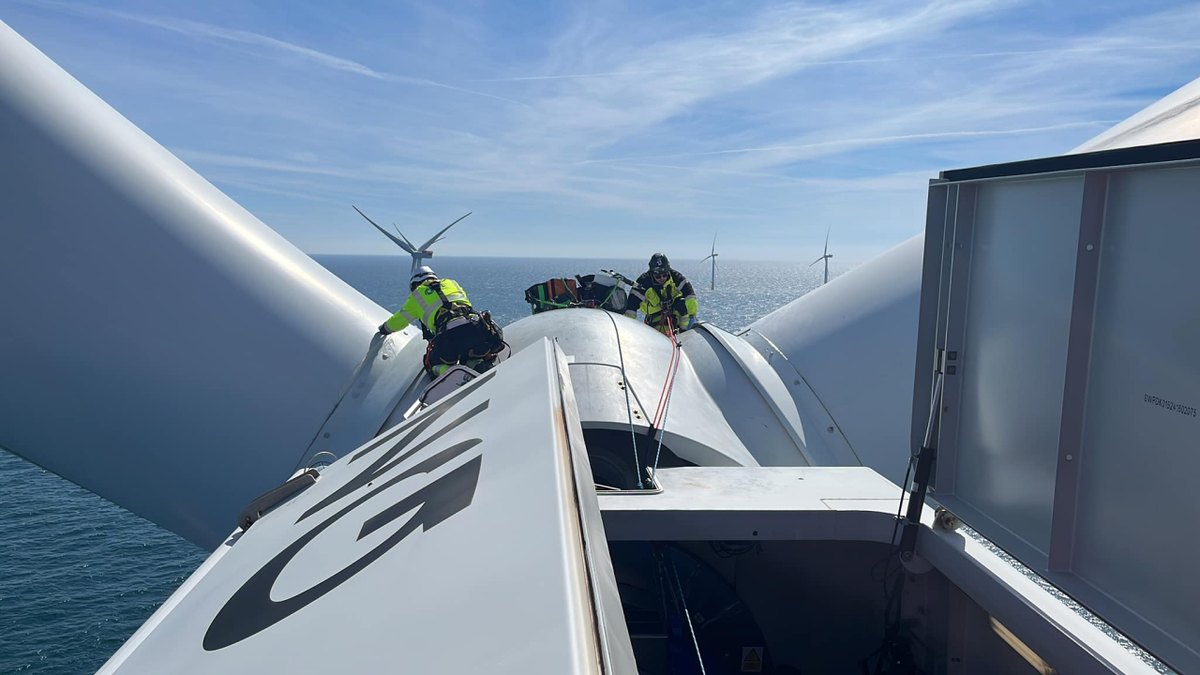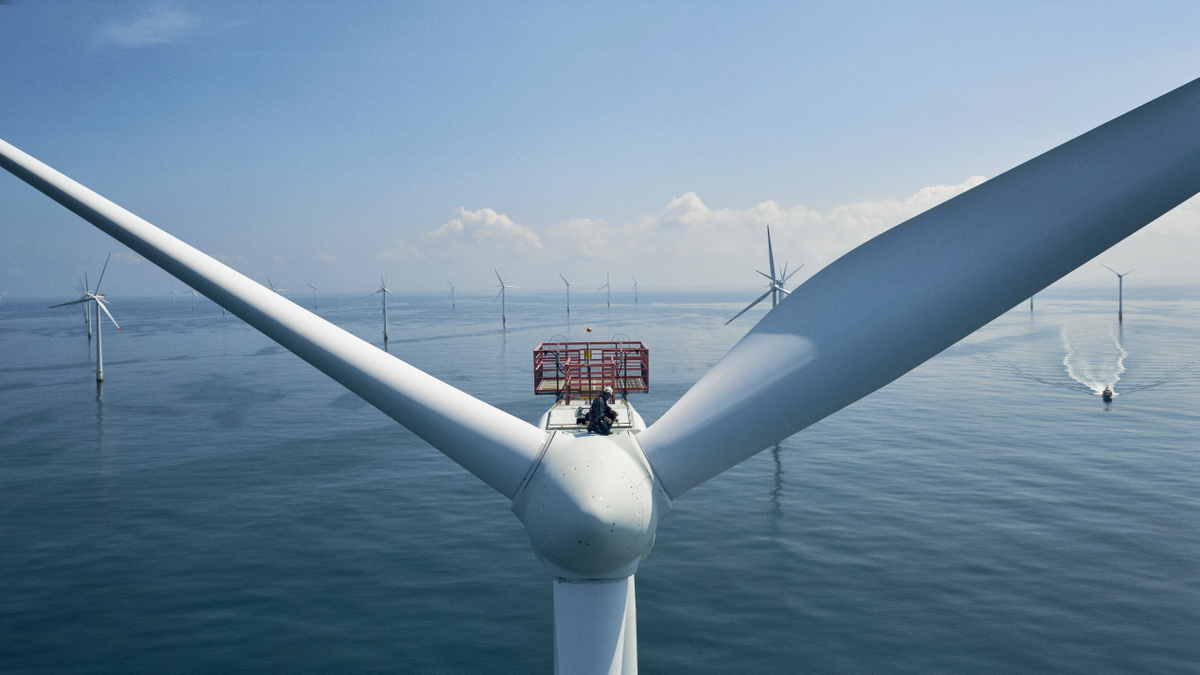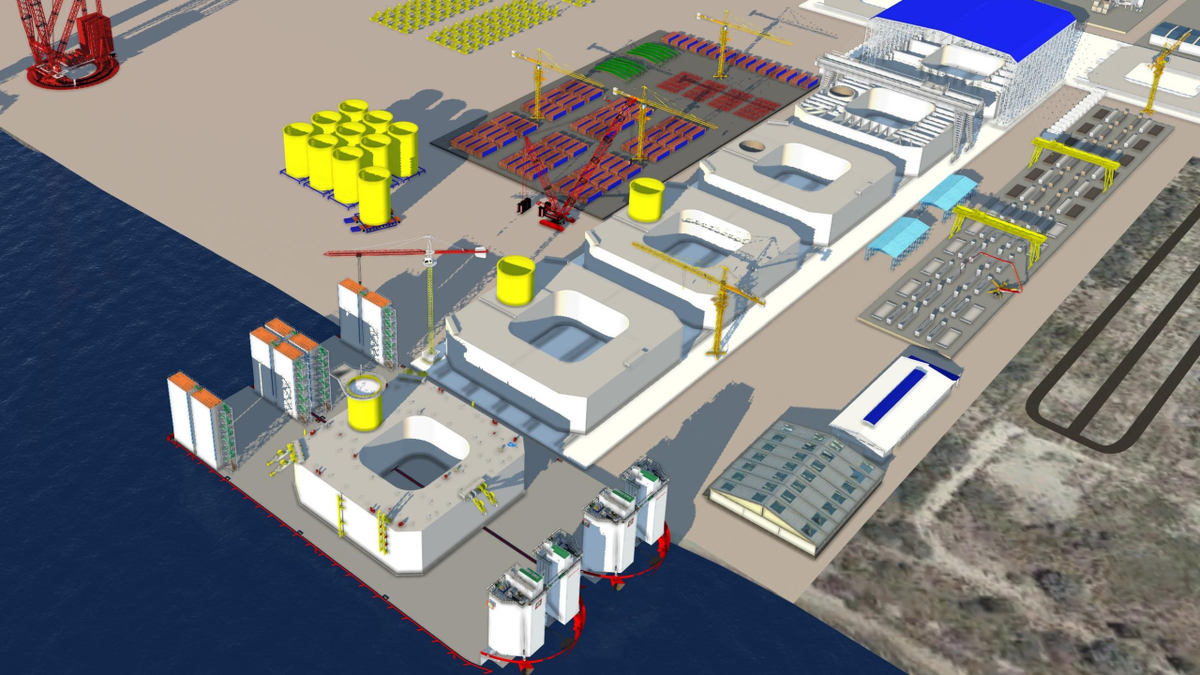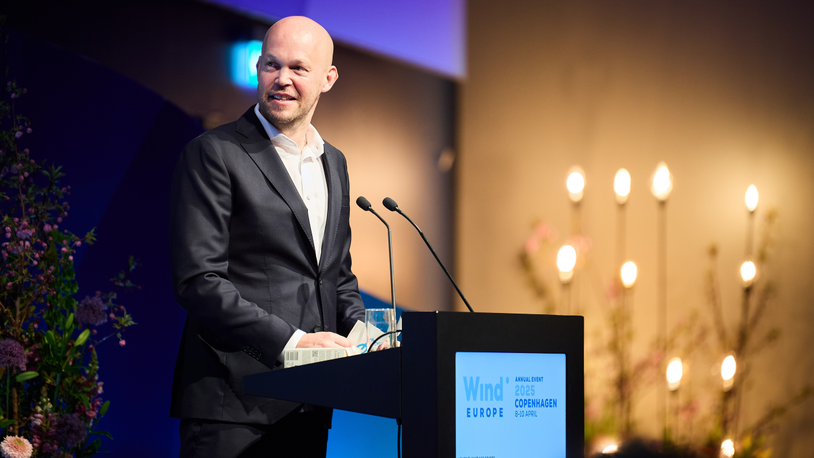Business Sectors
Contents
Register to read more articles.
UPDATED: Offshore wind auction ‘shows mismatch between ambition and government framework’
The UK government wants 50 GW of offshore wind by 2030 but its failure to take account of the effects of inflation has resulted in a serious setback in the latest auction for renewable energy capacity
So, what needs to happen to remedy the situation, get the industry back on track and regain lost ground?
Responding to questions from OWJ, Aegir Insights director and head of research Maria Holm Bohsen agreed that the absence of offshore wind in this year’s CfD allocation was disappointing, but said it is not surprising.
“This is a massive setback for a market that awarded CfDs for 7 GW in the last auction and needs 30+ GW to meet the 2030 target,” she told OWJ. “The result clearly shows a mismatch between the government’s ambition for offshore wind and the framework it has in place to make it happen. It simply does not match the current market situation, with higher costs and supply chain struggles.
“The government called the last-minute CfD budget increase of £22M (US$27M) “a powerful signal” to the energy industry, but the offshore wind industry has responded with a more forceful reply with the outcome of the auction.
“Offshore wind is not as bullish as it once was, and developers have started to leave or reduce their level of activity in markets in which projects are not economically viable. This is a new reality that governments with offshore wind ambitions need to adapt to. Even a vanguard offshore wind market like the UK could risk developers packing up and going elsewhere if the market confidence is not regained.”
Ms Bohsen said it was also highly disappointing that no floating wind projects received a CfD in the auction, which was only the second in which it could participate. “There is a significant challenge for floating offshore wind in the UK,” she said. “It needs a reliable route to market to develop from demonstration projects to giga-scale deployment. Allocation Round 4 resulted in an 82-MW demo-scale project in an auction with a ring-fenced budget for floating wind. This year, the ring-fencing prioritised tidal energy.
“The UK risks being left behind by more ambitious countries that have a strong desire to build a new offshore wind industry centred around floating wind. Offshore wind is not just energy politics – it’s industrial politics. European floating wind supply chains and jobs could end up in other countries. Norway’s 1.5-GW Utsira Nord auction and France’s auctions totalling 750 MW – all with subsidies – are well underway.
“Despite a pipeline of 35 GW of floating projects, the UK’s target of 5 GW of floating wind by 2030 is unreachable without substantial changes to the supporting framework. Fixed-bottom projects are struggling to make viable business cases, and floating wind doesn’t have an established supply chain.
Energy UK chief executive Emma Pinchbeck said, “The absence of any new offshore wind projects confirms the industry’s worst fears that this auction round would fail to deliver and put the government’s own 2030 target in jeopardy. As that target shows, offshore wind should be making a huge contribution to ensuring cheaper, cleaner energy for our country and bolstering our energy security by reducing our reliance on costly fossil fuels. While the support for solar and onshore is welcome, it doesn’t compensate for the lack of offshore wind.
“Failing to invest properly risks blowing a hole in our ambitions for providing cheaper, domestic energy and puts the UK in danger of going from leader to loser in offshore wind. Customers are still facing historically high bills because of the volatile cost of fossil fuels and independent analysis suggests the lack of new offshore wind projects could end up costing billpayers as much as £1Bn a year.
“Despite warnings that costs for offshore developers had increased by as much as 40% since the last auction, amid growing global competition for investment, the government pressed ahead with terms that were actually inferior to last year’s.
“CfDs have been a huge factor behind the expansion of new clean energy sources while driving down costs. However, they have done that by providing the right level of certainty to developers making huge long-term investment commitments while ensuring their returns are linked to energy prices – and that’s what’s been missing here.
“The government must learn the lesson quickly that failing to invest properly in our own clean energy sources will cost us dearly - both through higher bills and in missing out on the wider economic benefits that these projects bring like job creation, growth and boosting domestic supply chains.
“Offshore windfarms take a long time to become operational, and only happen through commitments made years earlier – so we are already playing catch-up on the 2030 target. The government needs to ensure future auctions recognise the increased costs to develop and build critical infrastructure in the current climate, and produce a robust response to growing global competition for clean energy from the US and EU in the upcoming Autumn Budget.”
RenewableUK executive director for policy and engagement Ana Musat said the government needs to set realistic parameters for upcoming auctions, which are investable in the current economic climate. “The next auction round in particular should see an uplifted budget and timelines being brought forward so that the eligible offshore wind projects can get a contract sooner rather than later.
“The Autumn Statement needs to put in place urgent measures to improve the investment case in offshore wind – capital allowances in place for the long-term and fiscal incentives for supply chain and manufacturing, in line with international competitors.
“There needs to be a clear commitment from government to grow and develop the offshore wind sector through a multi-year funding settlement for the Industrial Growth Plan, with blended finance to support supply chain development in areas of UK competitive advantage.”
Developer SSE Renewables said it was clearly a challenging time for the industry, which is experiencing significant headwinds caused by inflationary pressure, commodity price volatility, interest rate raises and global competition. As a result, said the company, urgent reforms to the CfD scheme for offshore wind are required to ensure that future auctions, notably AR6 in 2024, deliver successful outcomes which boost energy security and benefit consumers.
SSE Renewables managing director Stephen Wheeler said, “The CfD scheme has been a hugely successful mechanism for deploying renewable energy, but going forward, changes to the framework for offshore wind are required to ensure the UK can enhance its energy security while keeping costs low.
“Even at higher strike prices than AR5, wind power will still be far cheaper than other technologies while also delivering highly skilled green jobs and associated inward investment.
“The good news is that we now have a window of opportunity to ensure the next auction round can bring forward the significant volumes of onshore and offshore wind we need to achieve our energy security targets, unlock billions of pounds of investment, and enable the UK to retain its global leadership position in renewables.”
OEUK sustainability and policy director Mike Tholen said, “The poor uptake of the AR5 wind auction is a matter of great concern given that offshore wind will be imperative to decarbonise our economy. It is a clear indicator the system is in urgent need of attention.
“Our latest Economic Report figures show £80Bn could be spent on offshore wind investments by 2030, but around half of this is waiting on final investment decisions from businesses that need to be presented with a commercially attractive offering.
“A successful auction programme will support the growth of the UK’s offshore supply chain into wind as we move into deeper and more distant waters, creating fresh jobs that build on our North Sea heritage.
“To deliver the UK’s ambitious wind targets, a policy reform must take place, and we will seek to work with government to revise the investment mechanism, implement proper pricing for generators and reduce the costs of doing business in the North Sea.”
CmY Consultants managing director Charles Yates said the auction is “a clear, unambiguous signal” that the 40% increase in construction costs in the last year means that developers cannot deliver offshore wind projects at the £44 MWh price cap set by Government.
Mr Yates continued, “Unfortunately, this is another nail in the coffin of the ambitious target of more than tripling offshore wind capacity to 50 GW by 2030.
“Less offshore wind reduces the green, secure, low-cost power generated in home waters and means fewer skilled, well-paid UK jobs. The offshore wind supply chain needs a steady stream of projects, not stop-go, to flourish and grow.
“The Government is right to seek lower cost renewable electricity but too much haste has been counter-productive and the hiatus in offshore wind means the UK will use more gas-fired generation and less, cheaper offshore wind.
“The Government can set a realistic price cap for next year’s CfD auction and make good some of the damage. A successful auction in 2024 supporting several GW of offshore energy would encourage major developers to invest in the UK rather than in the US or elsewhere in Europe.”
BVG Associates associate director Mike Blanch described the auction as “a big setback” to the government’s plans. “About 4 GW had been the Government’s intention,” he said, noting that the auction result follows another setback in the form of Vattenfall’s decision last month to stop the development of 1.4 GW Norfolk Boreas that was awarded a CfD in last year’s AR4 auction.
“This is a big challenge for the UK’s offshore wind rollout. The industry saw it coming as price rises across the energy industries and profitability challenges for the supply chain and then developers had been flagged for years,” said Mr Blanch.
“Significantly all energy projects that were granted CfDs were at or close to their administrative strike prices or limit of price that would be paid. Onshore wind’s CfD price was up 23%. Such as rise in the offshore winds’ price would have taken it above the administrative strike prices.
“If there had been a bit higher limit then maybe an offshore wind project would have been awarded. Here however is the good news albeit it is limited. The failure of offshore wind in AR5 means that the moment of reckoning has arrived.
“It is time for industry and government to come around the table to find the right evolution of the CfD mechanism to drive the investment we urgently need. That includes mechanisms to get the investment into the supply chain to deliver the rapidly growing global demand.”
ABL Group global managing director renewables John MacAskill said, “We need a serious discussion now with a government ready to listen on how to build a sustainable offshore wind sector. Fine words do not do this, but sustainable project economics supporting a viable supply chain will see a competitive UK offshore wind sector.”
Sign up for Riviera’s series of technical and operational webinars and conferences in 2023:
- Register to attend by visiting our events page.
- Watch recordings from all of our webinars in the webinar library.
Related to this Story
Events
International Bulk Shipping Conference 2025
Tankers 2030 Conference
Maritime Navigation Innovation Webinar Week
© 2024 Riviera Maritime Media Ltd.







